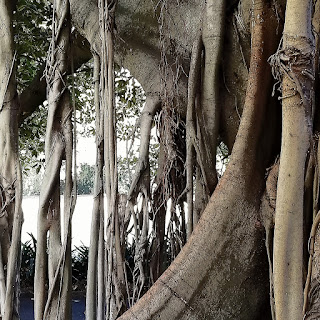Emmanuel Piperno
The intention is to paint without any reference to any kind of object. The story, the anecdote, any shape of literature or journalism would serve only to pollute the event and detract from its quality. Giving up to the overflowing of the affect and here the creation is coarsened by the syrupy side of the sentimental expression. By taking time into consideration there is risk of not being anything more than a marker bound to a period, the photography of a society. The work, even abstract, when it derives on the wave of the current events, short-lived and volatile, becomes replaceable. But if the artist, by a concern of orthodoxy, gets too distant from his work, and refuses, excessively, what appears to be the slightest personal emotion, he will risk to end with a smooth, almost manufactured thing; as a matter of fact, even this will be replaceable. An obviously strange paradox. I do not try to join in a defined time or period, to become subject of any sociological study. And I flee the pathos. But I always make sure to leave the door open to my own relationship with the painting. I accept the tracks of the unconscious, I often wish for them. In constant balance on an invisible thread, I accept emotion, repentances, signs and accidents, all which testifies to evidence of human compost in the widest possible sense of the word. (Trans. Laura Elkaïm & Mark Fierer).

















































